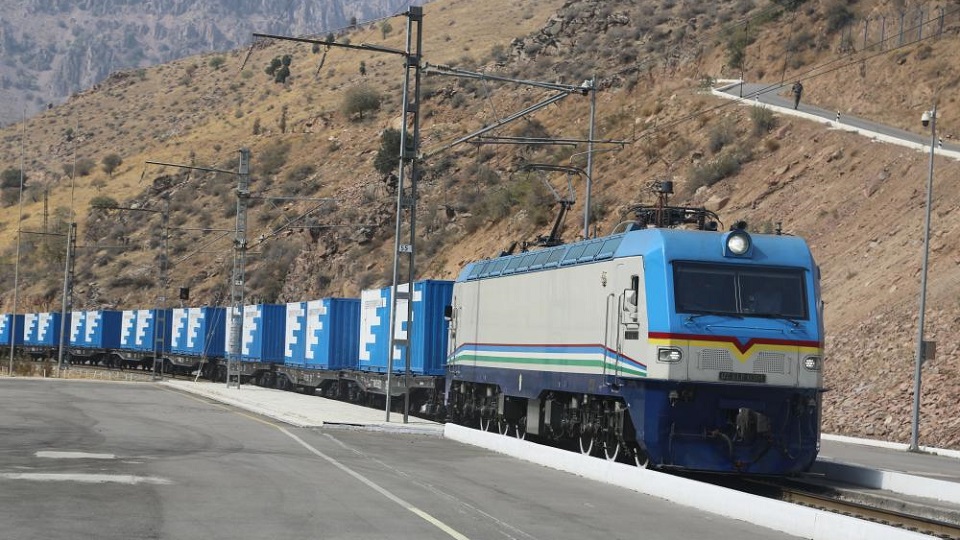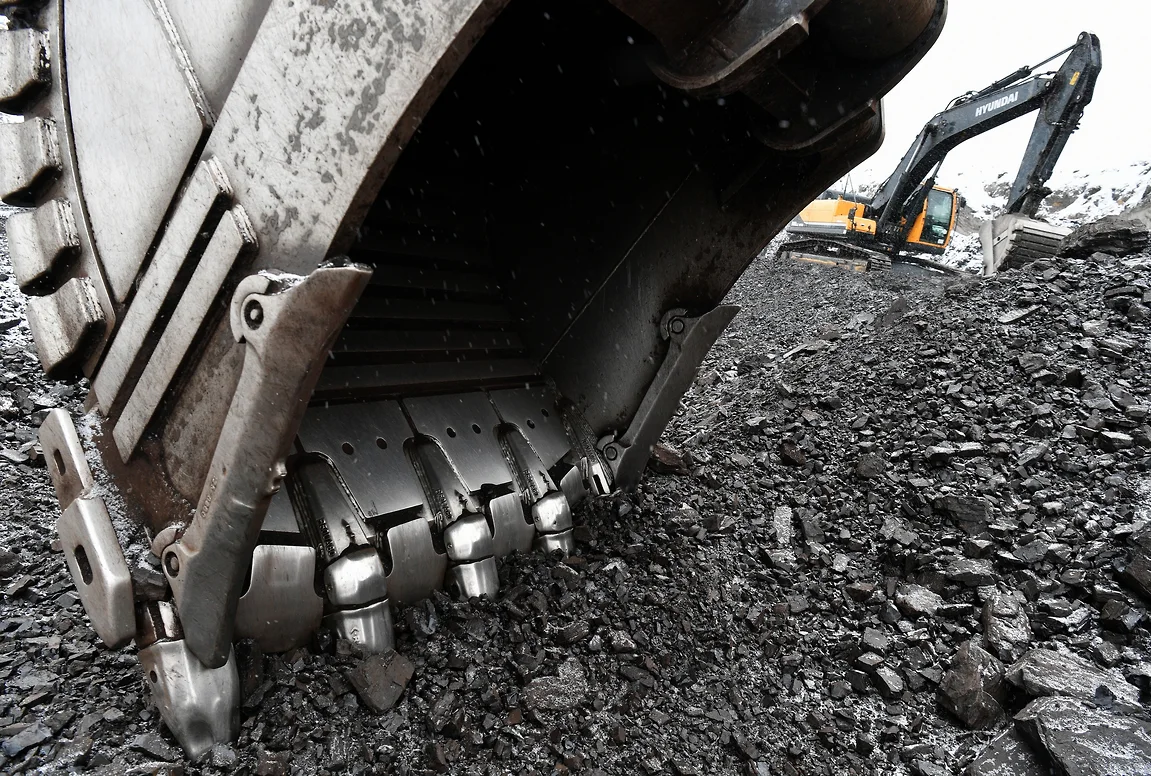
Its Caspian Sea Trade Cut by US Sanctions, Iran Turns to Railways—and Moscow Helps
Its Caspian Sea Trade Cut by US Sanctions, Iran Turns to Railways—and Moscow Helps
The United States’ sanctions against Iran and the unwillingness of most Caspian littoral states to challenge them have sent Tehran’s maritime trade in this sea plummeting over the last two years, reducing its non-petroleum component by half (Financial Tribune, May 27, 2019). But that has only inspired the Islamic Republic to expand its efforts to develop trade with Central Asian countries and, through them, with China by developing rail links with that region. The Russian Federation has shown itself more than ready to help in this endeavor, not only by expanding these rail networks but by modernizing them through electrification (Casp-geo.ru, February 18, 2020).
When the five Caspian littoral countries agreed, in August 2018, on the delimitation of the inland sea, most people expected that both shipping and undersea energy pipelines would lead to a dramatic expansion in intra-regional trade and that the sea would become a major transshipment point for broader east–west trade as well (see EDM, November 7, 2017; Ritmeurasia.org, September 29, 2019). Indeed, that trade has been increasing dramatically, but the imposition of sanctions on Iran by the US and the general willingness of the countries along the coast of the Caspian to abide by them has meant that Iran has not benefited as much as it expected: trade in the region has increasingly bypassed it.
That has had three consequences. First, it has undercut Iran’s aspirations to become a regional player economically and especially to become an expanded part of the east–west trade between Europe and China. Second, it has undercut Russia’s aspirations to build a north–south trade corridor via Iran that would help Moscow restore and expand its influence in the South Caucasus and Central Asia. A functioning transcontinental north–south transit corridor would have offered the Russian government a new trade weapon in the region as well as ensured that Moscow would remain the most important land corridor for trade between Europe and the Far East. And third, it has led Tehran to launch a major effort to build rail lines into Central Asia enabling countries in that region to ignore US sanctions and expand trade with Iran. To those ends, Moscow is helping Iran.
Mohammed Eslami, Iran’s transportation minister, recently announced that Tehran is working to transform a city along the railroad corridor extending from Iran into Turkmenistan and Kazakhstan into a free economic zone. Moreover, Iran will construct over 1,000 kilometers of new track over the next two years to expand this connection. It expects traffic will rise on this route by 20 to 30 percent over that period (Casp-geo.ru, February 11, 19). If Tehran is able to fulfill these plans, the rail lines will make up for much of the losses in the Caspian Sea trade and Iran will be in a better position to achieve its goals in Central Asia and with regard to China.
Iran began working on the development of this rail network in 2018. Progress has been relatively slow because the line must pass through a mountainous area and thus is quite expensive. Now, however, Iran has a new partner: the Russian Federation. On February 12, Kazem Jadali, Tehran’s ambassador in Moscow, and Vladimir Tokaryev, Russia’s transportation minister and head of the Iranian-Russian Cooperation Working Group, met in Moscow. Together, they announced an agreement on a Russian assistance package to Tehran to complete the most important part of the rail link between Iran and Central Asia (Casp-geo.ru, February 18).
The project is expected to cost 1.2 billion euros ($1.5 billion) and is being financed by an export credit that Moscow has extended to Tehran. It will involve the electrification of 495 kilometers of existing line, including 203 kilometers in mountainous areas, and the updating of 31 stations and 95 tunnels. This railway segment is projected to carry up to ten million tons of cargo annually upon completion, in 2024. Russian and Iranian officials are jubilant: “All this creates conditions for the growth of goods traffic along the International North–South Transport Corridor and the intensification of economic ties in the Caspian region,” they say (Casp-geo.ru, February 18). The reasons are obvious: if this rail project is completed, Russia and Iran will be able to control much of the trade coming through or out of Central Asia, thus limiting the freedom of action of the states of that region and giving Moscow and Tehran a greater voice in Chinese decisions there (Casp-geo.ru, November 28, 2019; Ru.irna.ir, November 13, 2019).
It also has two other geo-economic and thus geopolitical consequences. First of all, it reduces the importance not only of trans-Caspian trade but also of Azerbaijan as a transit route, both east–west as the Europeans and the US would like and north–south as Moscow has promised, thus leaving Baku in a less advantageous place than it might otherwise have been in (see EDM, September 1, 2015, February 26, 2019, April 3, 2019). And second, since Russia and Iran are working hard to cement their relationship to challenge the West, it means that if the US wants to counter that, it must find a way to ensure that its sanctions regime against Iran affects not only Kazakhstan’s trade with that country but also Russia’s investment in transportation infrastructure there. If Washington fails to accomplish this, both Moscow and Tehran will be left in a much stronger position.


